Thursday is when the official conference begins! This year I heard there were over 180 sessions to choose from. Wow!
(Missed pre-conference? Read all about it here)
Rote and Pattern Pieces that Motivate and Captivate Showcase
By Paula Dryer
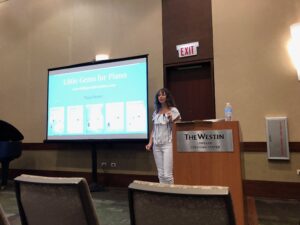
This year I’m trying to be more intentional about learning how to teach rote pieces. Paula has a gift of composing gorgeous rote pieces that definitely motivate and captivate students. Her pieces always sound harder then they are.
What benefits do rote pieces offer?
- Connection to Music
- Expression
- Technique
- Reinforces Reading
- Vehicle for teaching theory, compositon and improvisation
To find Paula’s Little Gems for Piano Books, visit her website, here.
Put On Your Oxygen Mask Before Assisting Others
Panel- Vanessa Cornett, Jessica Johnson, Brenda Wristen
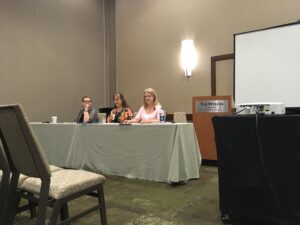
What is burnout?
by Brenda Wristen
Burnout is the long lasting state of emotional exhaustion.
It’s not the same thing as depression. It is job related- situational. If left unaddressed can spiral into depression. It is more about our job conditions then the person. (Side note: Think about that last statement for a minute… is there anything you can do to change your job condition? Sometimes there isn’t, but… if you are an independent teacher, the chances are pretty high that you can!)
Some causes-
- Work overload- primary factor. Too much to do, little time.
- Lack of control.
- Insufficient rewards
- Breakdown in community
- Absence of fairness
- Conflict in values
Stressors in teaching piano-
- Tempo of work- demanding
- Information technology- invading time
- Isolation
- Dealing with problematic clients/students
- Administration (if teaching in institutional settings)
- Quality of work culture and relationship with colleagues
- Self employed-
- Long hours
- No separation from work/personal time
- No external support
- Lacking external benchmarks (compare to others)
- Money
- Seasonal instability
- Insufficient resources
- Lack of or insufficient Health care, etc…
- Realistic goals can seem impossible
3 responses to burnout
- Change self
- Change job
- Change relationship between self and job
- Adequate recovery after work is completed before starting over
- Low effort activities
- Social support activities- positive
- Increase focus on physical well-being
- Setting goals and priorities
- Changing boundaries of job or relationships of doing the job or perceptions of the job
- Seek out support
- Seek out challenges to promote or engage
- Reduce job demands
- Nurturing positive professional relationship with colleagues
Promoting healthy relationship with work…
By Valerie Cornett
Progresses in stages-
- High situational demands
- Mental assessment of demands (negative)
- Physiological responses (fatigue)
- Behavioral responses
We are trapped by our own commitments. We can control busy-ness which tends to be a cultural paradigm.
More likely to assume additional roles. (ie: independent piano teacher may be perceived as not only as a teacher but as a mentor, a counselor, the list goes on and on. Separately these are fine, but together they can overwhelm)
Wearing too many hats. When we blur our professional boundaries and take on more personal boundaries it confuses and people will take advantage of you…
Our boundaries are crystal clear. If we were to blur some of those boundaries that is up to us.
The heart of burnout is mindful awareness. Our professional goals, duties, our emotional triggers, the way we choose to react, the extent we maintain boundaries. We can agree to except without judgement that burnout is not our fault but acknowledge our part in how we allowed it to happen. We can practice role playing with fellow teachers. (Practice saying no to each other)
We tend to say yes when we want to say no, don’t want to offend or sometimes it’s just easier to say yes.
Strengthen without feeling guilt.
- We don’t need to provide a reason for saying no.
- We don’t have to apologize. (“oh that sounds lovely, but I’m not able to…”)
- We don’t have to find someone that will say yes. (Don’t take the responsibility to problem solve)
Can’t say no situations…
- If we can’t change the environment, sometimes we can change our thinking.
- Thoughts trigger emotions. Tweet thoughts.
- Can get the work done and be irritated about it or just get the work done. Choose.
- You always have a choice even if the consequence is negative.
Attitudes of mindfulness will help.
- Mindfulness meditation
- Acceptance – often less stressful rather then fight against
- Recognize what is in our control and what isn’t
- Non-striving- Stop trying to be all things to all people. Be okay with disappointing people sometimes.
- Let Go- let go of expectations of others, clinging to reputation, to our pride, professional opportunities
- Remaining in the present moment when we can. We can’t predict or control the future.
- Ask yourself, are you okay right now in the is moment?
Self Care
By Jessica Johnson
- Exercise
- Nutrition
- Things that bring you joy-
- give mind, body and spirit what you need.
- Prioritize how we spend our timE
Flowing through your day- rather than resisting/reacting- choosing to be in it.
How can you be present for your student- the sacred space. Be present in the moment.
Taking a break
- Unplug- We are taking 5x’s more than we did in the 80’s!
2 dominant modes of attention
- Task positive- engaged in a task
- Task negative- daydreaming
Both can’t be active at the same time. When we are busy we aren’t allowing the task negative to happen. This is where our ideas happen.
Multi-tasking- doesn’t allow going deep into a flow state. It takes about 30 min. To enter a flow state.
Project periods-
- Sacred meditation time
- Practice/Research time
- Restorative time (joy time)
Finding balance
- Mental clarity/calmness- linked with mindfulness meditation
- Take one conscience breath- how does it feel?
- Physiology condition- activate your vegus nerve.
Self compassion- treat yourself as you would a friend
Self talk- is it critical? Would I say this to my best friend?
Things to help:
- Practice gratitude, love and kindness
- Journal, write letters to people
- Take a moment in the moment for gratitude
- Examine your core beliefs and align actions in those core beliefs.
- Revisit mission statement.
- Cultivate professional development
- Engage in profession
Last thoughts…
Think of ways you can avoid reaching that state.
How do the triggers affect you personally?
Can we be paradigm shifters? Shift the culture.
“In an attempt to be more productive, I’m only answering emails once a day, please be patient.” (email response from Bullet Proof Musician)
Video Teaching Demonstration
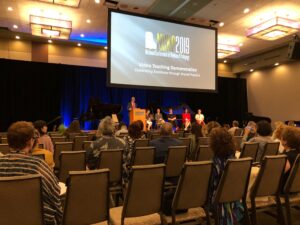
Teaching tidbits from watching the online video masterclass session.
Video Teaching Demonstration-
- Observation
- Prioritization
- Diagnosis
- Multi-channel communication
- Sequencing
- Pacing
Daniel age 5 1/2 (Teacher- Diana Dumlavwalla)
- Posture chant-
- Bench back, feet flat, tall back, dolphin’s ready (hand position)
- Dolphin- hand on his hand guiding his hand position
- Children usually have naturally good posture when they are young. Chant is a quick reminder.
- Technique- dolphin- motion – looks like a dolphin – cup hand over the dolphin
- Repertoire- pieces children are familiar with. Helps feel successful early. Singing important as they play. Solfege
Stas, age 5
- Movement activity to develop steady pulse
- Starts with a song away from piano. If you were on a donkey what would that look like? Do actions with song.
- Maintain eye contact, be enthusiastic helps engage distracted students.
Charlie- age 7 (Scott Donald- teacher)
- Working on phrasing- using singing to help.
- Sing piece first and then go to piano.
Havva, age 7 (Teacher- Sara Ernst- teacher)
- Struggles with hand and rhythm coordination
- Sarah plays the piece while Havva uses scarves to mimic the sound.
- Model a lot so they can hear what expressive sound is.
- Goes through motions of piece 1st (left hand over, right hand sweeps under….)
Lucy, age 10 (Teacher- Diane Hidy)
- When we ask students a question, allow the time for them to process, take time and wait for the answer.
- Stay positive and really listen even when it’s time consuming.
- Give a very specific instruction. This time…
Hannah, age 16 (Teacher- Chee-Hwa Tan)
- Transfer student
- Lay foundations to allow students to independently think and learn about their music in their lesson.
- Teach listening awareness.
- Students sometimes like to play “at” the piano, not “with” the piano.
- Ask questions- what did you think? Did you like it? Get them to listen and trust their listening. Lots of listening and singing, feeling…
- Conduct yourself in… (counting in, preparing)
- What she can hear, she can play so much easier.
Facing Fear- Anxiety and the Adolescents
By Lesley McAllister
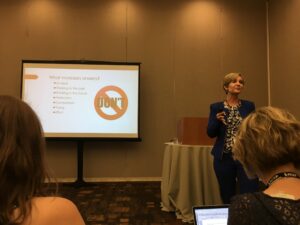
Teenagers are the most stressed group of people in America in their education.
Social stress-
- Long term affects on health. 20-fold increase in risk of depression.
Technology-
- Constant access negative affect on health.
Practice mindset-
- Isolate, drill, repetition,
Performance mindset-
- Focus on big ideas. Holistic goals.
Students who improvise well usually have less performance anxiety.
Tool used effectively for holistic goals-
- Come up with a specific character for their music. Then two contrasting characters.
- Performing a section of the piece and have others guess which character they are portraying.
Focus on the bigger goals. “Over-analysis leads to paralysis”
Why perform? The best thing is getting to the heart of music. Sharing, communicating…
Let them know they are not alone- anxiety is a normal experience. They are feeling anxious because they care. The studio is a safe space to communicate the fears. Remind them of others who struggled with performance anxiety. (ie: Chopin, etc)
Symptoms of Anxiety-
- Physiological (sweaty hands, shakiness, etc)
- Behavioral (stiff, frightened face, opposite personality)
- Cognitive (forgetfulness, confusion)
Quick tip #1- Talk to your symptoms- practice acceptance. “Okay there you are shaky hands, I expected you. I’m still going to play well because I’m prepared…”
Fight or flight response- fleeing from a saber tooth tiger feels the same as about going on stage. Physical response to symptoms are going to be the same.
Not all bad- Increases energy, concentration, musical awareness, clarity
Instead of saying its anxiety, say it’s excitement and anticipation!
Relaxation techniques
- Muscle to Mind: Deep breathing, mindful movement, progressive relaxation
- Mind to Muscle: Meditation, prayer, imagery, affirmations/self-talk
- Breath work for relaxation
Quick Tip #2: Take a slow, deep breath with an extended exhalation
- Counting while breathing
- “Boxed breathing”- (4 square breathing)- inhale 4 counts, hold 4, exhale 4, hold exhale 4 counts (when we have a longer exhalation helps are blood pressure, heart rate, etc) (longer inhalation is more energizing)
- Extended exhalation (working toward 2:1 ratio) (8/8)
- Left uninostril breathing- closing one nostril at a time (in right, out left, in left, out right)
- Alternate nostril breathing – in right, out left, in left, out right
- Progressive muscle relaxation (PMR): Tense and release muscle groups in sequence.
Quick Tip #3: “Quick Fix” PMR
Tense the entire body from head to toe. Feet up to face, then limp into rag doll position.
Mindful movement-
- Relaxation
- Forward folds, inversions, and lateral bends
- Hold in stillness and move slowly
- Confidence/energy
- Backbends and standing poses
- Flow movement with the breath or cardio (ex., jumping jacks)
- Poses of dominance
Quick Tip #4: Move mindfully with the breath
Imagery- your brain responds as if it was actually happening. When students are imagining what can go wrong in a performance, it’s setting up the possibility that it could.
- Successful past performance imagery and future performance imagery
- Positive, use all the senses, and keep an internal perspective
- Self-talk
- Affirmations, Intentions, and sound/process cues
Think about a past peak performance and talk about the characteristics (energetic, focused, confident). Integrate those peak performance adjectives into a future scenario.
Quick Tip #5: Use “trigger words” often and immediately before performance
- I am… (can use trigger words on stage before performing
- The words we use in lessons are powerful. Instead of don’t rush, say stay steady. Say what you want them to visualize.
- Affirmations make a huge impact on our lives and how we view the world.
- (Every time I’m at a stop light- give yourself an affirmation.)
- Intentions- I’m going to nail the…
- Sound/process cues- engaged in the present moment.
- The more you use cues, the more they will think of the cues.
- Mind maps
- Draw a picture that emphasizes large-scale form, character, and imagery
- Catastrophe Scale: Label the “worst thing that could happen” from 1-10.
- Takeaways
- Keep a performance journal
- Practice relaxation often
- Incorporate self-talk into daily routine
- Plan out pre-performance routines
- Unite breath and movement, use imagery, and end with an affirmation
Recommended apps: Headspace; Stop, Breathe, and Think; Calm; and Pacifica (among others)
What increases anxiety?
- Analysis
- Thinking in the past
- Thinking oin the future
- Perfection
- Comparison
- Trying
- Effort
Exhibit Hall
Today was the first day the exhibit hall was open! I love visiting the exhibit hall and seeing all my piano teacher and composer friends!

With Kris Skaletski (Kiddy Keys) and Jennifer Eklund (Piano Pronto)
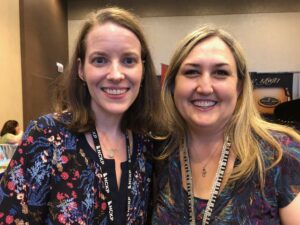
With Chrissy Ricker (composer – Piano Pronto Composer Community)
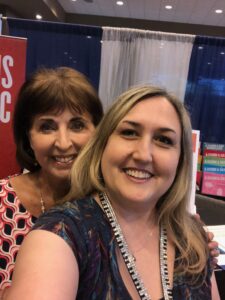
With Glenda Austin (composer – Willis Piano Music)
Read on to NCKP 2019 Friday
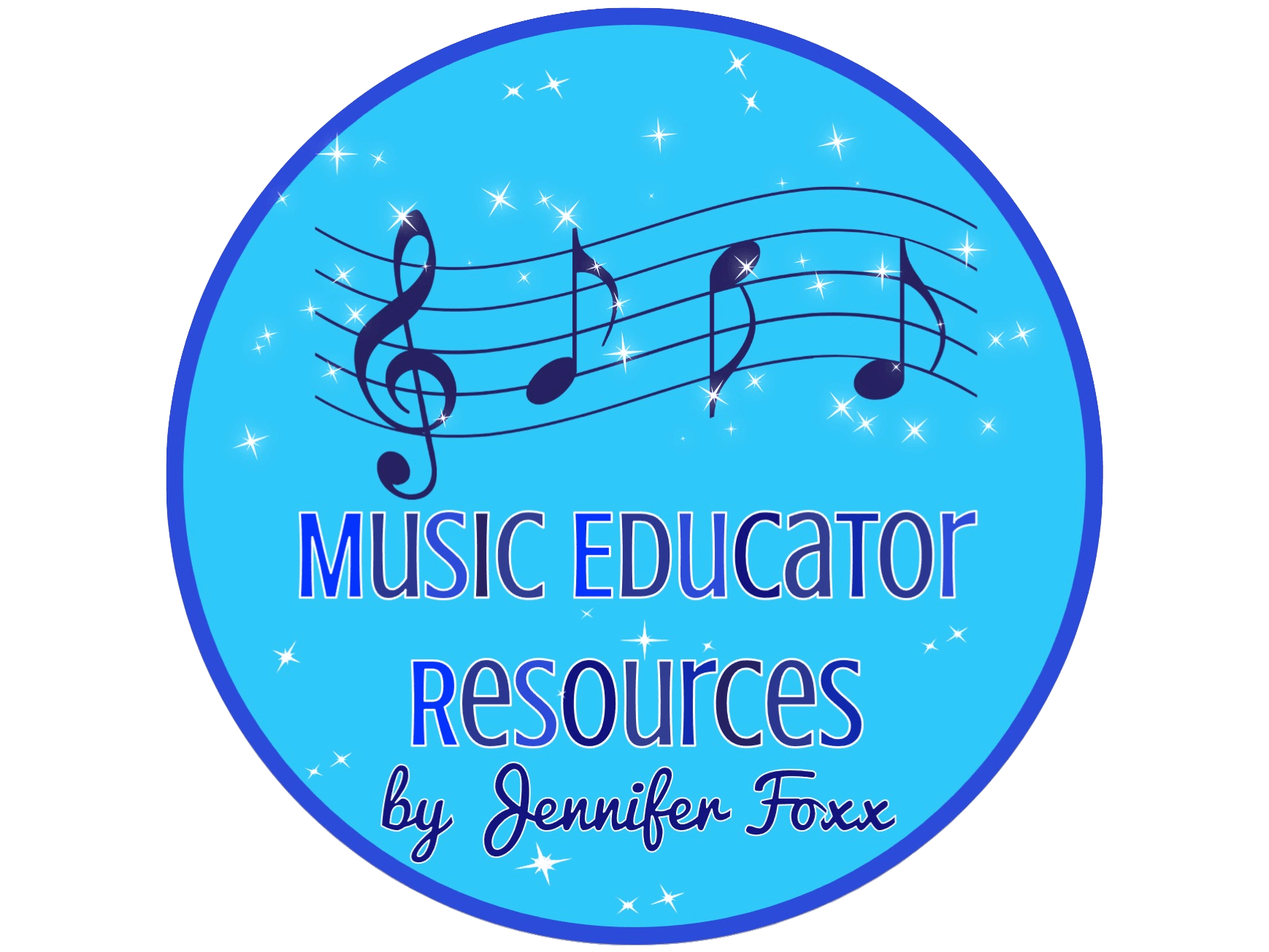
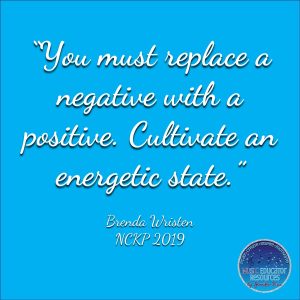
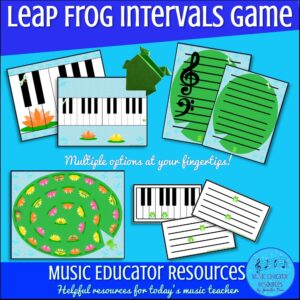
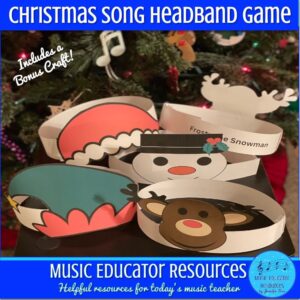
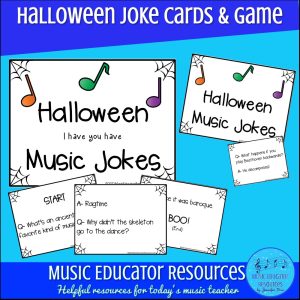
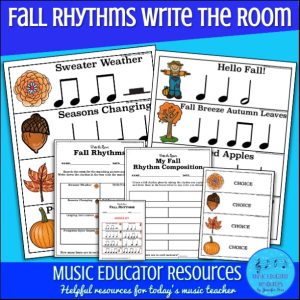
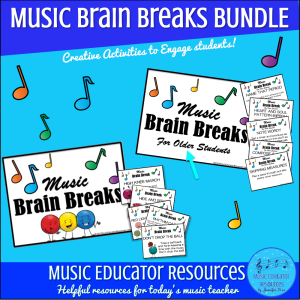
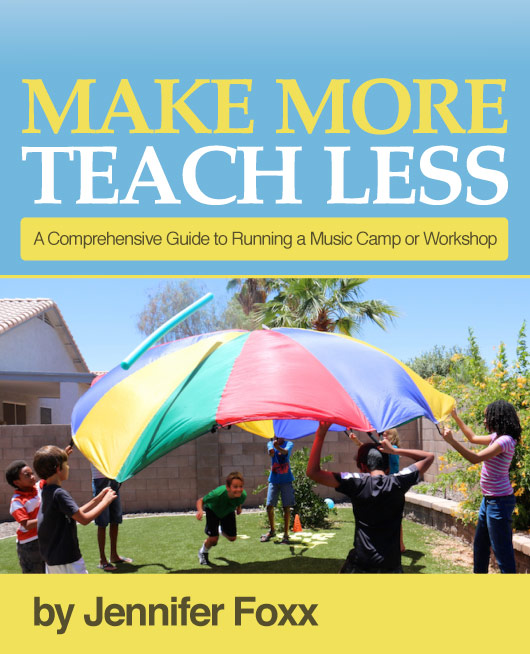
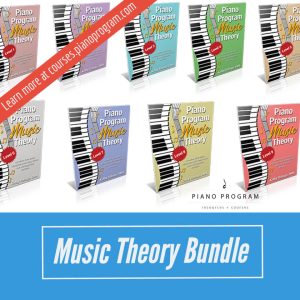
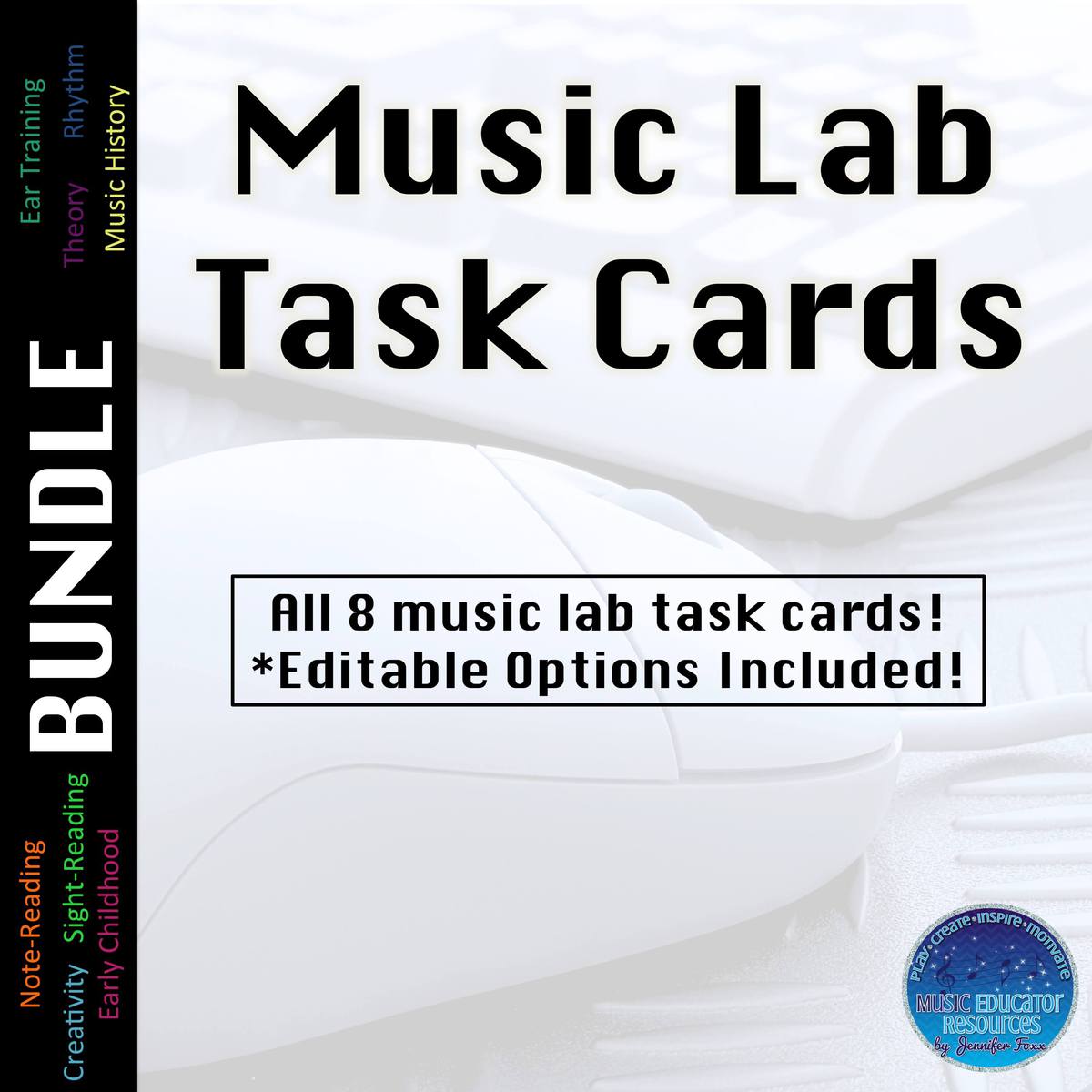
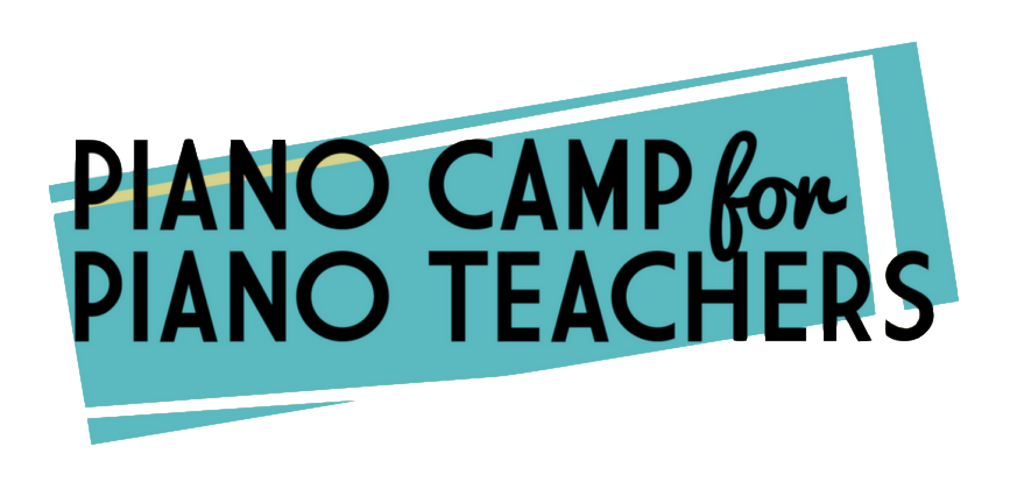
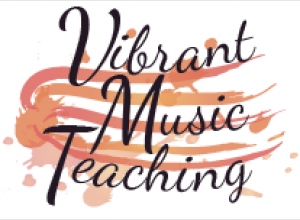
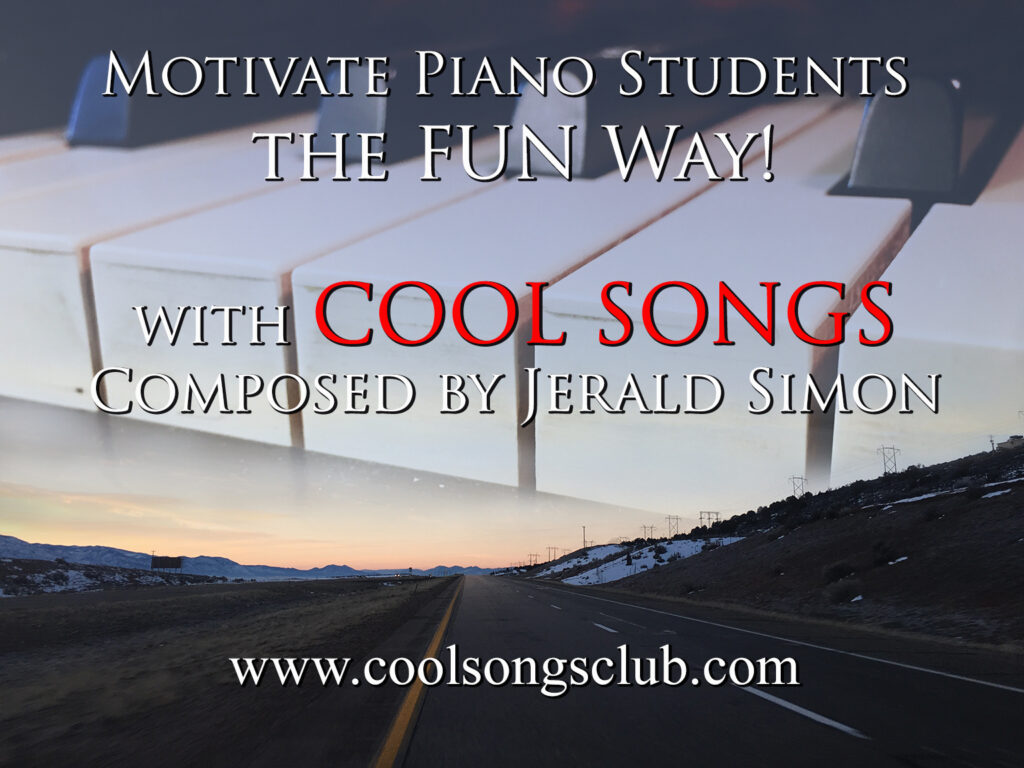
0 Comments